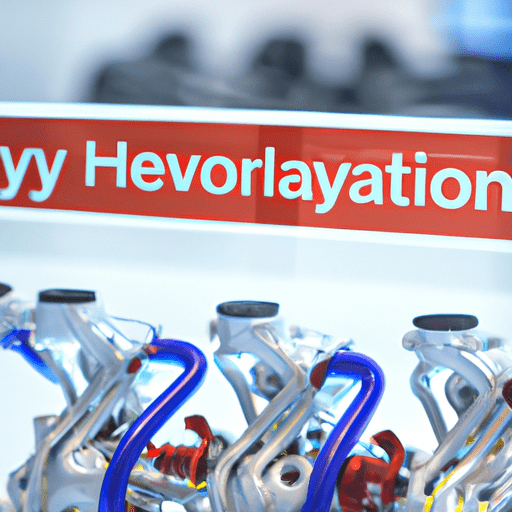The automotive industry has witnessed significant changes in the last few decades. From the manufacturing process to technological advancements, several innovations have transformed the way we ride our vehicles. One of the most significant developments in this industry is the emergence of hybrid engines. Hybrid engines are a combination of an electric motor and an internal combustion engine. This technological breakthrough has provided several benefits to drivers, including increased mileage, reduced fuel consumption, and lower emissions. In today’s article, we will discuss the latest hybrid engine systems and technologies.
What are Hybrid Engines?
Before we dive into the latest hybrid engine systems and technologies, let’s briefly understand what hybrid engines are. As mentioned above, hybrid engines are a combination of an electric motor and an internal combustion engine. The electric motor is powered by a battery, which is recharged by the internal combustion engine. Alternatively, the electric motor can assist the internal combustion engine, reducing the amount of fuel used. In addition, hybrid engines can operate on electric power alone for short distances or at low speeds, making them ideal for urban driving.
Regenerative Braking Systems
One of the latest technologies in hybrid engines is regenerative braking systems. Conventional braking systems produce heat, which is lost to the environment. However, with regenerative braking, the kinetic energy produced by the vehicle when it slows down is captured and converted into electricity. This energy is stored in the battery and used to power the electric motor, reducing the amount of fuel used by the internal combustion engine. Regenerative braking systems, therefore, provide a more efficient method of braking and help to increase the overall fuel economy of hybrid engines.
Electric Turbochargers
Turbochargers have been used in combustion engines for many years to increase the output power of the engine. However, with the introduction of electric turbochargers, these systems have become even more efficient. Electric turbochargers work by using an electric motor to power the compressor, which produces compressed air to increase the engine’s horsepower. This technology eliminates the delay associated with traditional turbochargers, improving the overall performance of the engine.
Mild Hybrid Engines
Mild hybrid engines are a type of hybrid engine that uses a smaller electric motor to provide additional support to the internal combustion engine. These engines are known as “mild” because they cannot operate on electric power alone. However, the electric motor can provide additional power to the internal combustion engine, reducing the amount of fuel used. Mild hybrid engines are becoming increasingly popular in the automotive industry because they provide many of the benefits of hybrid engines without the high cost.
Plug-In Hybrid Engines
Plug-in hybrid engines are a type of hybrid engine that can operate on electric power alone for longer distances than their counterparts. These engines are powered by a larger battery than other hybrid engines and can be recharged by plugging them into an electrical outlet. The larger battery provides enough power for the engine to travel for more extended periods on electric power alone, reducing the amount of fuel used. Plug-in hybrid engines are becoming more prevalent in the automotive industry as the cost of batteries continues to decrease, making them more affordable.
Hybrid Engines with Automatic Start-Stop Technology
Automatic start-stop technology is a feature of some hybrid engines that switches off the internal combustion engine when the vehicle is stationary. This feature is particularly useful in urban driving conditions, where there is a lot of stop-start traffic. When the vehicle comes to a stop, the combustion engine is switched off, and the electric motor takes over. As soon as the accelerator is pressed again, the internal combustion engine comes back to life, and the vehicle continues on its way. This feature reduces the amount of fuel used by the engine, making it more efficient.
Conclusion
The latest hybrid engine systems and technologies have revolutionized the automotive industry. From regenerative braking systems to plug-in hybrid engines, these new technologies offer several benefits to drivers, including increased fuel economy, reduced emissions, and improved performance. As we continue to move towards more sustainable forms of transportation, it is clear that hybrid engines will play a vital role in the future of the automotive industry.
